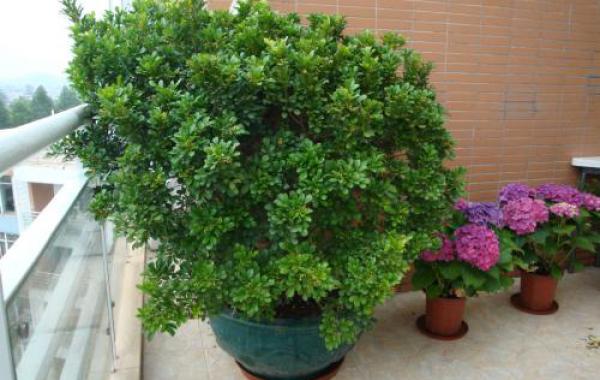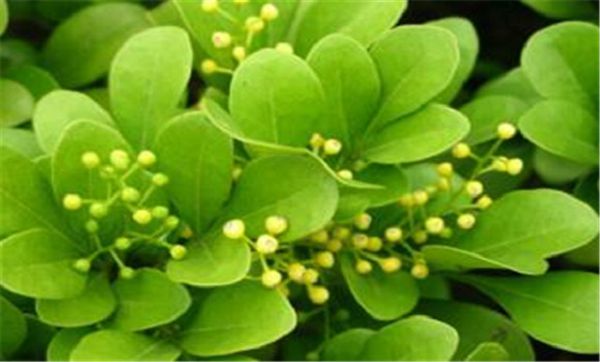How to water orchids in summer?

How to water orchids in summer.
Orchids watering is a very deep knowledge, need to go through long-term practice and exploration to master. The accumulation of previous practical experience and modern scientific exploration provide us with a shortcut. Their understanding of orchid watering is worth learning, thinking and studying.
Water is the source of life for orchids.
First of all, water is an important component of orchid protoplasm. The water content of orchid protoplasm is generally above 80%. If the water content decreases, life activities will be affected. If protoplasm loses too much water, it will cause protoplasm destruction and lead to plant death.
Second, water is the raw material for the metabolism of orchid plants. Assimilation and dissimilation in orchid plants need water molecules to participate, such as photosynthesis, respiration, hydrolysis and so on.
Thirdly, water is the medium for the metabolic process of orchid plants. The nutrient elements in the culture medium can only be absorbed by the orchid roots if they are dissolved in water, and various metabolites must also be transported to various parts of the orchid plant with water.
Fourth, water can keep orchid plants in their proper shape. Only when the cells of the orchid plant contain a lot of water can the cells expand, the plant stands upright, and it is easy to accept light and gas exchange. Once the orchid plant loses water, it will wither.
Fifth, water regulates the temperature of orchid plants. Water has high vaporization heat and specific heat, but also has high thermal conductivity, which is conducive to maintaining body temperature and heat dissipation of orchids, watering orchids, one of its important functions is to regulate the body temperature of orchids.
In short, water is the source of life of orchids, is the root of orchid growth, properly meet the needs of orchids for water, is the most important condition for orchid growth.
Two ways to supply water to orchid plants
There are two ways to supply water needed by orchid plants: one is to absorb water from plants by roots and transport it to whole grass through vascular vessels; the other is to absorb water from air by orchid leaves for metabolism of orchid plants. If you understand this truth, you will know how to supply water to the orchid plant.
3. The method of watering orchids
There are three ways to supply water to the roots of orchid plants: irrigation, sprinkling (drenching) and immersion. "Irrigation" is to use a kettle to inject water along the edge of the pot. The advantage of this method is that the water will not reach the center of the leaf. The disadvantage is that the watering speed is slow and it is difficult to irrigate thoroughly. It is necessary to repeatedly irrigate many times to achieve the effect of watering thoroughly. "Sprinkle" is to sprinkle water with a watering can or shower head, spray the whole orchid environment wet, let the water seep from the soil surface to the orchid root, wet the orchid basin, the advantage of this method is that the water can be poured through the whole orchid basin, the disadvantage is that the water is easy to splash into the leaf center, be careful to use, otherwise it will rot the heart. "Immersion" is to immerse three-quarters of the orchid pot together with the plant material in water. The advantage is that the water can be soaked. The disadvantage is that it is easy to spread bacteria and it is time-consuming. Orchid masters often mix these three methods, the effect is very ideal.
To orchid leaves water supply methods are: spray, humidify two kinds. "Spray" is to spray fine mist with a sprayer, scattered directly on the orchid leaves, so that the orchid leaves absorb into the body through pores. "Humidification" is to increase the humidity of the air so that the orchid leaves can absorb it. There are also several ways to humidify: one is to use a humidifier to increase the humidity of the space; the other is to increase the water surface, set up more basins under the orchid frame, and increase the humidity of the space by moisture volatilization; the third is to artificially simulate rainfall, splash water mist, and increase the humidity of the air; in addition, there is also an aeration pump to help volatilize moisture in the basin.
IV. Water quality for orchid plants
Wild orchids are grown by rain, so the water used to cultivate orchids should be natural and pure, clean and slightly acidic (ρη value is about 5.5), usually rain is better, river water is better, tap water is second, well water is not available. "Rain" in the fertilizer components are many and complete, of which spring rain is particularly good, thunderstorm is preferred, autumn rain is second, artificial rain taboo, acid rain harmful. "River water, pond water" is a collection of rainwater, beneficial to orchids, but by industrial waste water pollution of the river is not available;"tap water" if taken from underground is not available, such as taken from the river in nature is still rainwater, but after processing by the water plant, disinfection, purification agents exist, which is harmful to orchids, can not be directly applied, there are two solutions: one is to use several tanks filled with tap water, exposed to the sun, stored for many days, recycling use; Second, put a small amount of peel such as orange peel, apple peel, etc., stored for one or two days before use, which is effective in changing the quality of tap water. "Well water" belongs to groundwater, one is low temperature, sudden irrigation is unfavorable to orchid growth, the other is alkaline, well water contains calcium, magnesium salt more, regular irrigation is harmful to orchids.
5. Timing of watering orchids
And the old saying is,"Fear and fear, fear and fear, fear and fear." "Wet","moist","dry","dry" are different degrees of difference, too moist is wet,"wet" for too much water, will make orchid root suffocate rot death; too dry is dry,"dry" for too little water, will make orchid wilting, growth frustration, even dry to death; and "dry" and "moist" for moderate moisture, is the favorite state of orchid growth. To understand the key problem of "dry" and "moist", we must carefully observe and experience it in practice, and gradually accumulate experience to truly master it. There is no quick way, and it must be "three years of work". Generally speaking, when the pot surface is dry but not dry, and the pot bottom hole is moist but not wet, it is the best time to water the orchid plant. Do not have to wait for the pot soil completely dry and then irrigate, otherwise the growth and development of orchids will cause adverse effects.
6. Watering orchids depends on natural factors
Different water management measures should be taken according to various natural factors such as humidity, temperature, light, wind, season and weather, which affect transpiration of orchid plants.
1. Water according to seasonal changes, i.e. the specific conditions of orchid growth. In spring, summer and autumn, orchids should be watered frequently and thoroughly, and half water should not be watered; in summer and high temperature period, water frequently, water more, irrigate thoroughly, and avoid watering half water, so as to eliminate turbid gas in the basin; in late autumn to early spring, if the temperature is low and the plant grows slowly, less water should be watered; In winter season, plants basically stop growing, so less or no watering should be done, but the pot soil must be kept moist, otherwise it will affect the smooth progress of plant metabolism, delay the emergence time of buds, and the buds are thin;
2. According to the size of the orchid pot, the number of plants, the number of plants, the large pot and the large number of plants should be watered frequently, watered more, watered thoroughly, and half water should not be poured; if the pot is small and the plants are few, watering frequently, watered less, watered thoroughly, and half water should not be poured;
3. According to the orchid pot planting materials, coarse and hard planting materials have good air permeability and water filtration, but the effect of water and fertilizer retention is very poor. They should be watered frequently, watered more, watered thoroughly, and should not be watered halfway. Fertilization should also be frequent. Hard and soft mixed plant materials are relatively poor in permeability and water filtration, but the effect of water and fertilizer retention is relatively good, so the watering and fertilization time should be appropriately extended. Soft plant materials are relatively poor in permeability and water filtration, but the effect of water and fertilizer retention is better, so the watering and fertilization time should be appropriately extended.
Related
- Is the orchid suitable for indoor use? Is it good for the body?
- How to prevent the empty root of orchids?
- What to do after the crab claw orchid is withered?
- Why are the leaves of orchids always yellow? Fertilizing and watering.
- Can the root of the gentleman orchid be saved if it is rotten?
- Diagnosis and treatment of cotton-blowing beetle insects in Cymbidium
- There is a way for a gentleman's orchid to rot.
- What is the most suitable temperature and humidity for the orchid?
- How to raise a gentleman's orchid? Cultivation techniques of Cymbidium
- How to prepare the nutritive soil for the cultivation of Cymbidium



